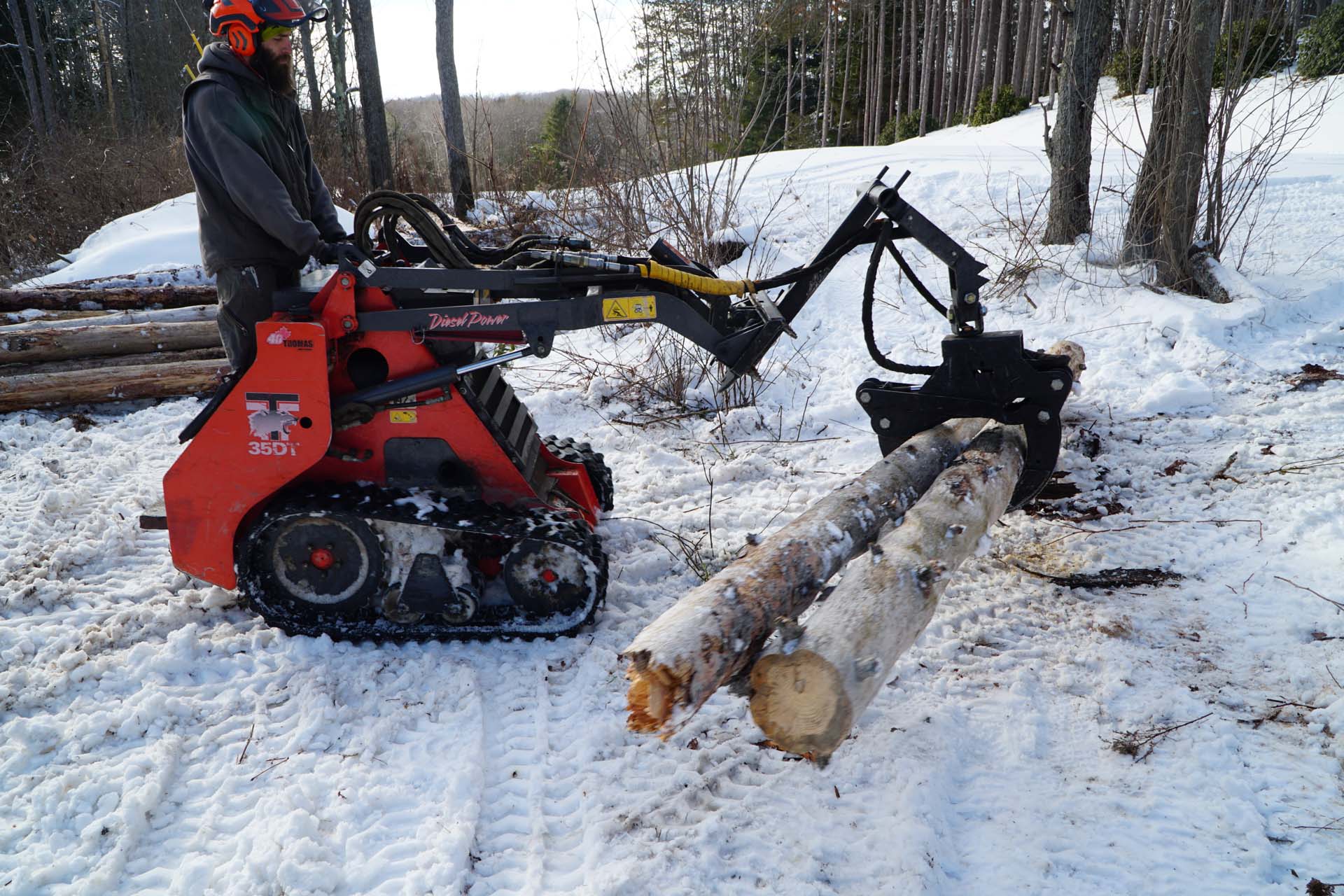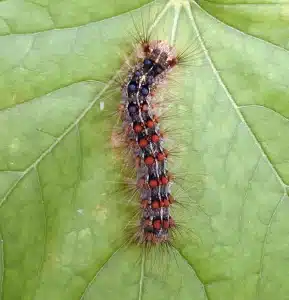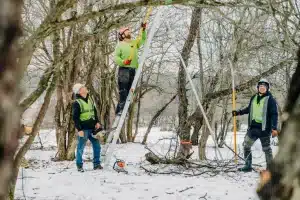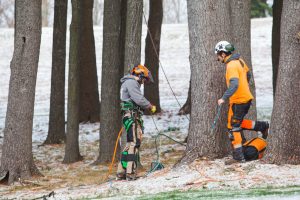It’s January, the dead of winter. You might be more interested in staying warm indoors but did you know that the best time to maintain most trees is during winter? And not only is it the best time but it’s easier?
From December through March, most trees in our region are dormant, meaning they are not photosynthesizing, producing sugars or even growing. They might not be hiding in caves, but they are hibernating. There are a number of advantages to pruning trees in dormancy.
If your deciduous trees require pruning, you can more easily see structure, identify weak and dying limbs, and access sections of the tree that would otherwise not be as visible. This is particularly helpful in developing “scaffolding” when pruning fruit trees.
There is also significantly less movement of sap within the tree, which reduces the likelihood OF oozing and gives pruning wounds time to heal prior to the spring flush.
Speaking of wounding, not only are the trees dormant but most of the pests and pathogens that attack them are also dormant. Pruning during spring and summer can make trees more vulnerable to these stresses.
Fireblight in pears, black knot in cherry, and needle cast in spruce spread rapidly from pruning tools in the warmer months. Not so during winter.
While trees can better withstand pruning during the cold months, it’s always advisable to prune no more than 25% of the canopy for most trees. Exceeding this benchmark stresses trees and can lead to further problems.
As always, whenever you work around trees, stay safe and have fun.
View the article from: www.tiogapublishing.com





